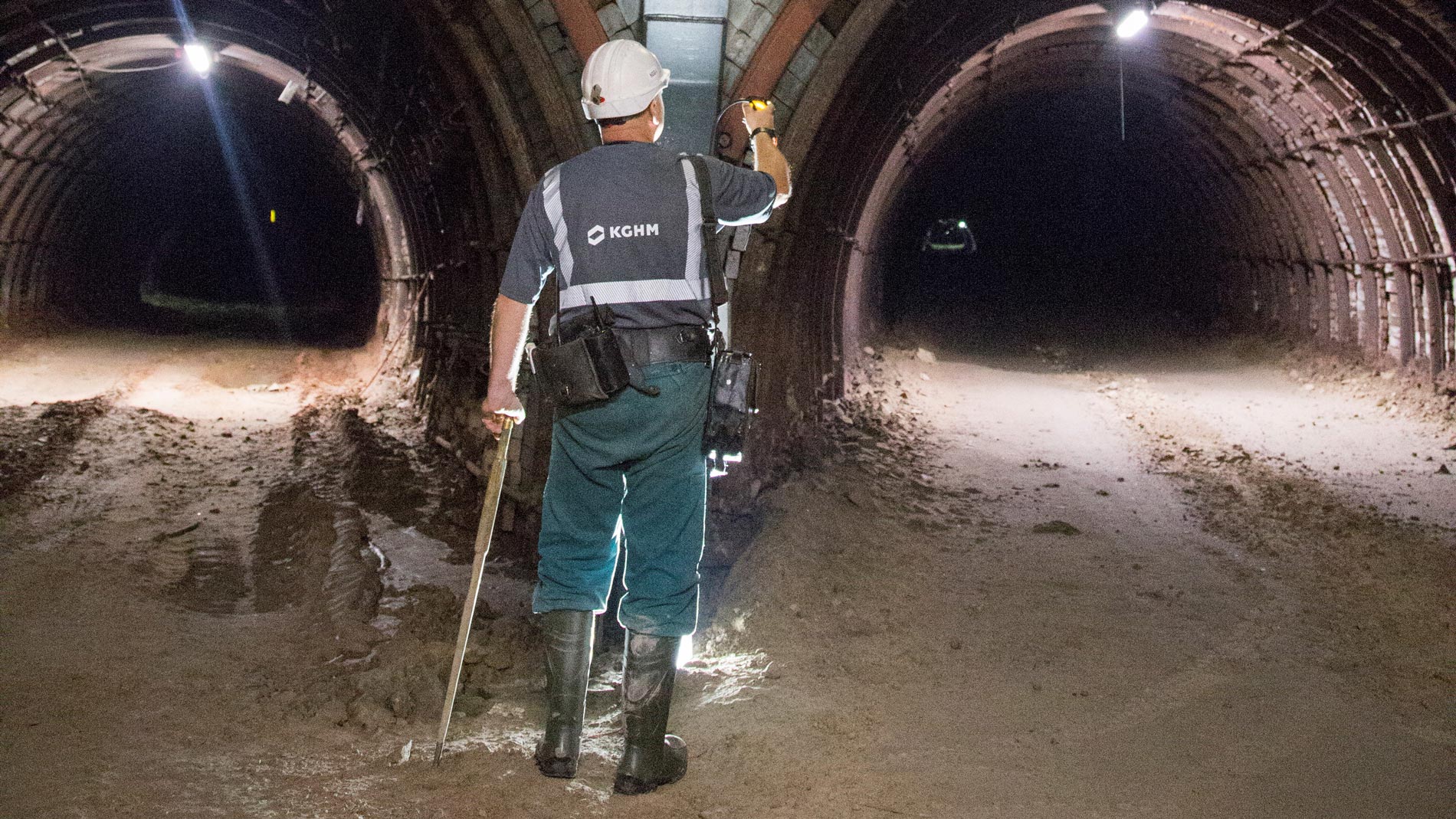| GRI 102-1 |
Name of the organisation |
|
| GRI 102-2 |
Primary brands, products and services |
|
| GRI 102-3 |
Location of headquarters |
|
| GRI 102-4 |
Number of countries where the organisation operates, and the names of countries where it has significant operations and/or that are relevant to the topics of sustainable development covered in the report |
|
| GRI 102-5 |
Ownership and legal form |
|
| GRI 102-6 |
Markets served by the organisation (including geographic locations, sectors served and types of customers and beneficiaries) |
|
| GRI 102-7 |
Scale of the organisation |
|
| GRI 102-8 |
Information on employees and other workers |
|
| GRI 102-9 |
Supply chain |
|
| GRI 102-10 |
Significant changes in the reporting period to the organisation’s size, structure, ownership, or supply chain |
|
| GRI 102-11 |
Explanation of whether and how the organisation applies the precautionary principle |
|
| GRI 102-12 |
A list of externally-developed economic, environmental and social charters, principles, or other initiatives to which the organisation subscribes, or which it endorses |
|
| GRI 102-13 |
Membership of associations |
|
| GRI 102-14 |
Statement from senior decision-maker |
|
| GRI 102-15 |
Key impacts, risks, and opportunities |
|
| GRI 102-16 |
Internally articulated mission of values of the organisation, code of conduct and code of ethics |
|
| GRI 102-17 |
Internal and external mechanisms for seeking advice about ethical and lawful behaviour, and organisational integrity |
|
| GRI 102-18 |
Governance structure of the organisation, including committees of the highest governance body, which are responsible for decision-making on economic, environmental, and social topics. |
|
| GRI 102-20 |
Executive-level responsibility for economic, environmental, and social topics. The reporting organisation shall report the following information: |
|
| GRI 102-22 |
Number and gender of members of the highest governance body and its committees |
|
| GRI 102-26 |
Role of highest governance body in setting purpose, values, and strategy |
|
| GRI 102-35 |
Remuneration policies |
|
| GRI 102-40 |
A list of stakeholders groups engaged by the organisation |
|
| GRI 102-42 |
The basis for identifying and selecting stakeholders with whom to engage |
|
| GRI 102-43 |
Approach to stakeholder engagement, including frequency of engagement by type and by stakeholder group |
|
| GRI 102-44 |
Key topics and concerns that have been raised through stakeholder engagement |
|
| GRI 102-45 |
A list of all entities included in the organisation’s consolidated financial statements or equivalent documents |
|
| GRI 102-48 |
The effect of any restatements of information given in previous reports, and the reasons for such restatements |
|
| GRI 102-49 |
Significant changes from previous reporting periods |
|
| GRI 102-50 |
Reporting period |
|
| GRI 102-51 |
If applicable, the date of the most recent previous report |
|
| GRI 102-52 |
Reporting cycle |
|
| GRI 102-53 |
Contact point for questions regarding the report |
|
| GRI 102-55 |
GRI Content Index |
|
| GRI 103-1 |
Explanation of the material topic and its Boundary |
|
| GRI 103-2 |
The management approach and its components |
|
| GRI 103-3 |
Evaluation of the management approach, for each material topic |
|
| GRI 201-1 |
Direct economic value generated and distributed (including revenue, operating costs, employee wages and benefits, donations and other community investments, retained earnings, payments to providers of capital, and payments to government |
|
| GRI 201-2 |
Financial implications and other risks and opportunities due to climate change |
|
| GRI 203-1 |
Infrastructure investments and services supported for communities as commercial, in-kind, or pro bono engagements Impacts of these engagements on communities |
|
| GRI 203-2 |
Identified indirect economic impacts with a description of scale and scope of the impact |
|
| GRI 205-1 |
Total number and percentage of operations assessed for risks related to corruption and the risks identified |
|
| GRI 205-2 |
Communication and training about anti-corruption policies and procedures |
|
| GRI 205-3 |
Confirmed incidents of corruption and actions taken |
|
| GRI 301-1 |
Materials used by weight or volume |
|
| GRI 302-1 |
Direct and indirect energy consumption by the organization |
|
| GRI 303-3 |
Total water withdrawal per production unit and a breakdown of this total by source |
|
| GRI 303-4 |
Total water withdrawal per production unit and a breakdown of this total by source |
|
| GRI 303-5 |
Total water withdrawal per production unit and a breakdown of this total by source |
|
| GRI 304-1 |
Biodiversity |
|
| GRI 305-1 |
Direct (Scope 1) GHG emissions |
|
| GRI 305-2 |
Energy indirect (Scope 2) GHG emissions |
|
| GRI 306-2 |
Total waste by type and disposal method |
|
| GRI 307-1 |
Significant fines and non-monetary sanctions for non-compliance with environmental laws and/or regulations |
|
| GRI 401-1 |
New employee hires and employee turnover |
|
| GRI 401-2 |
Benefits provided to full-time employees that are not provided to temporary or part-time employees |
|
| GRI 403-1 |
Occupational health and safety management system |
|
| GRI 403-2 |
Rates of injury, work-place related illnesses, lost days, and absenteeism, as well as number of work-related fatalities |
|
| GRI 404-1 |
Average hours of training per year per employee |
|
| GRI 404-2 |
Management skills training programs and lifelong learning that supports the continued employability of employees and facilitate the retirement process |
|
| GRI 404-3 |
Percentage of employees receiving regular performance and career development reviews by gender |
|
| GRI 405 -1 |
Percentage of individuals within the organisation’s governance bodies and of employees per employee category by gender, age and other indicators of diversity |
|

